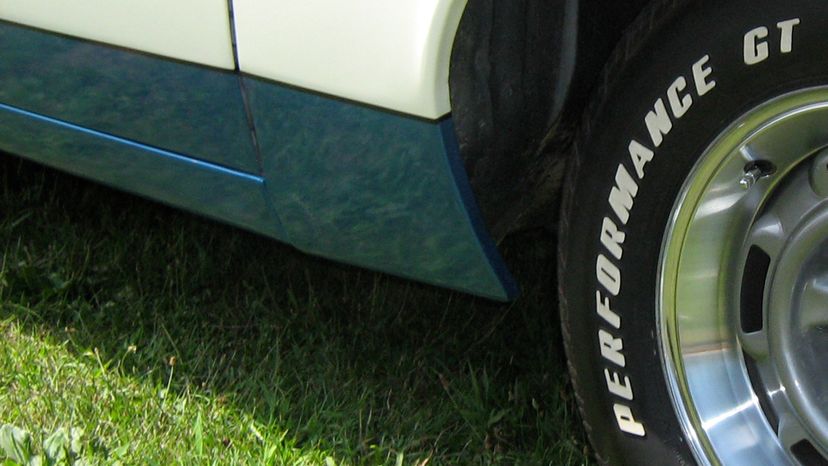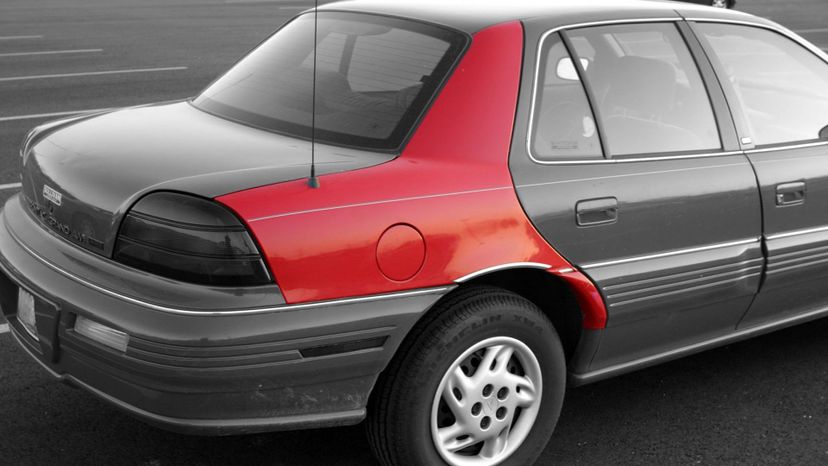
About This Quiz
Without a doubt, a motor vehicle is one of the most complex machines on the planet.
And it is not only the engine that contains thousands and thousands of parts, some big and some small, all working in harmony to ensure that you can move from Point A to Point B. Sure, the engine is essential in this regard and often the first thing we think of when we are asked to name car parts.
But what about things like the transmission? This is another vital part of any vehicle, be it a manual or automatic. Without a properly working transmission, a vehicle is simply going nowhere. And it, too, is filled with many intricate parts, all working in unison to ensure the proper gears engine so the power produced by the engine can be transferred to the driveshaft for the vehicle actually to move.
And then there is the car structure that comprises the bodywork and the chassis. Again, many parts all fitting perfectly together to ensure a beautiful end product!
So a car is made up of many parts, all just as important as the next.
But if we gave you an image of different parts, do you think you could identify them?
Let's see, shall we?
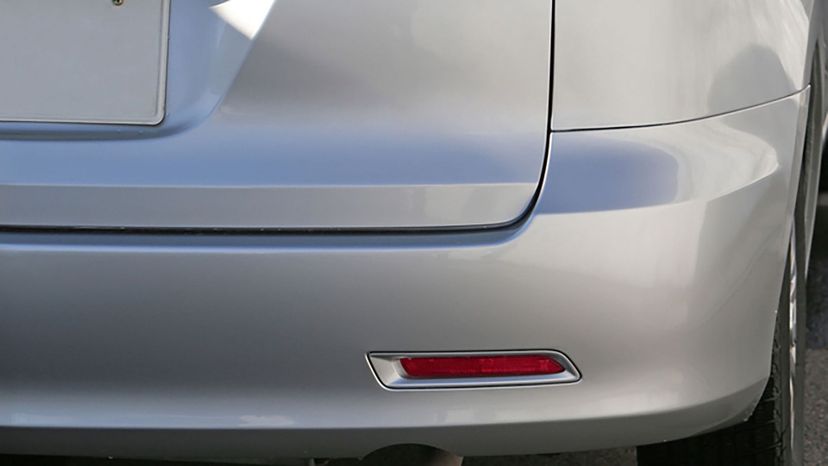
In years gone by, the bumper stood proud, separate from the rest of the bodywork of your vehicle and protected it in the event of an accident. This has disappeared in modern designs.
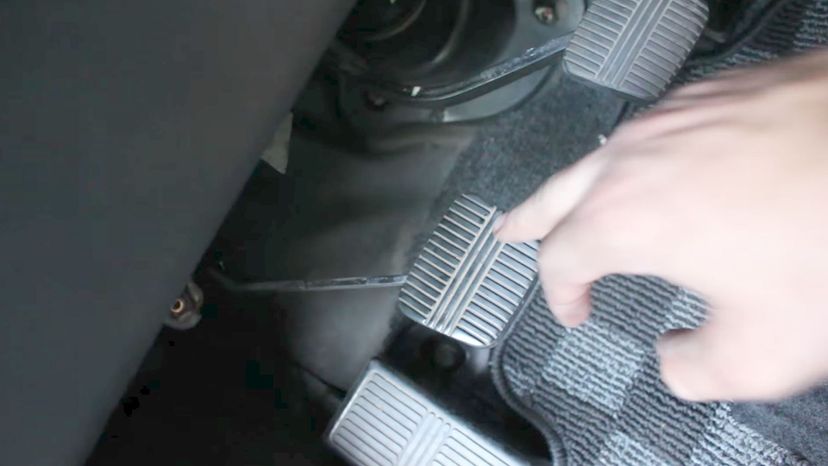
In manual transmissions, this pedal is pressed down by the driver's left foot, which in turn engages the clutch plate and allows for a new gear to be selected.
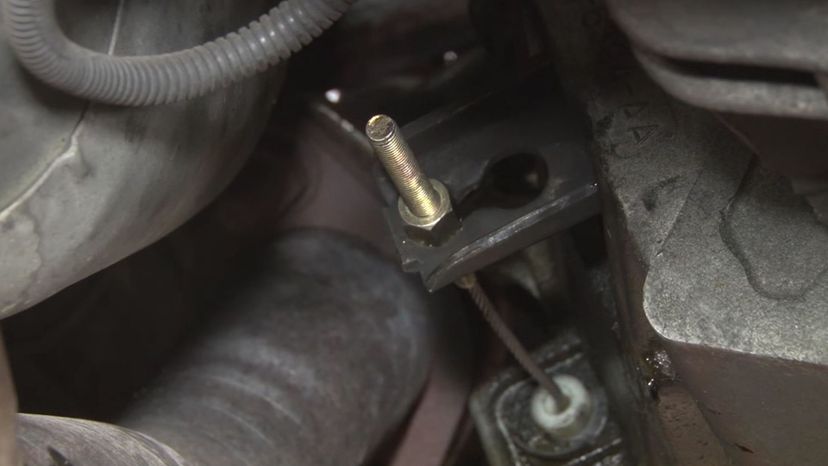
This steel cable connects the clutch linkage in the transmission to the clutch pedal. It is only found on a car with a manual transmission.
Advertisement
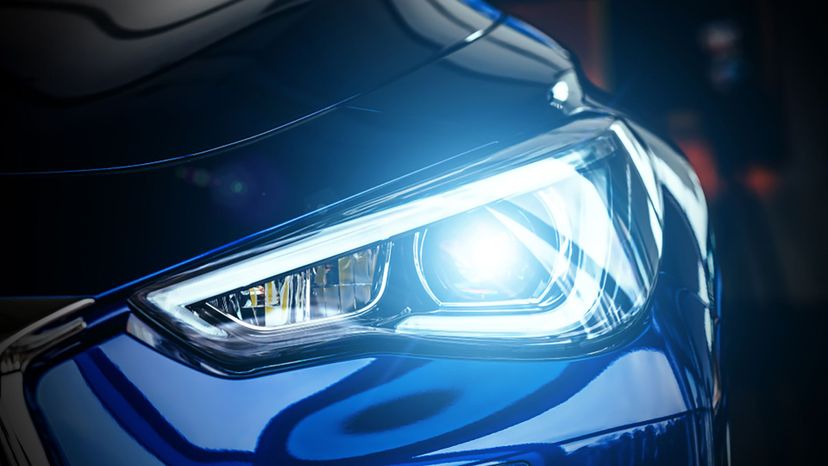
The headlights on a vehicle ensure that the driver can see in conditions where light is poor or at night.
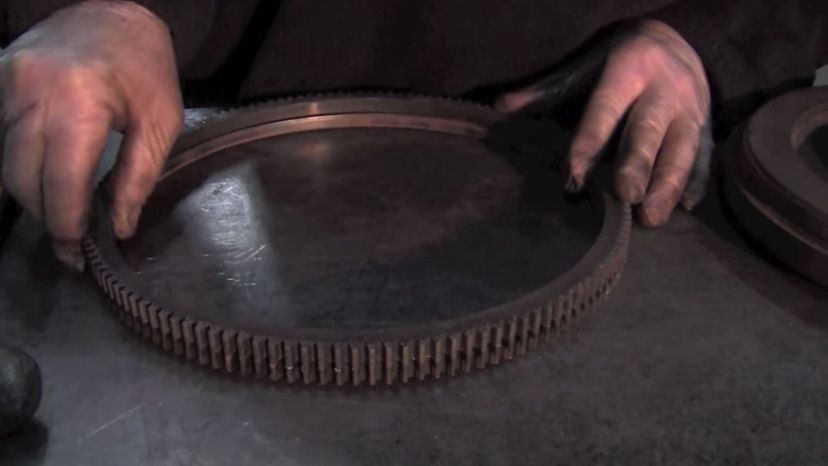
The ring gear is the large outer gear in the transmission's planetary gear system.
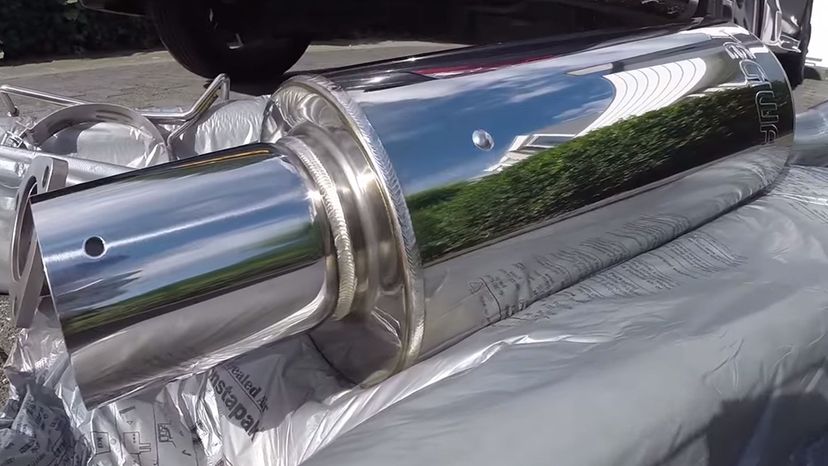
The exhaust system removes the gases formed during the combustion process within the engine.
Advertisement
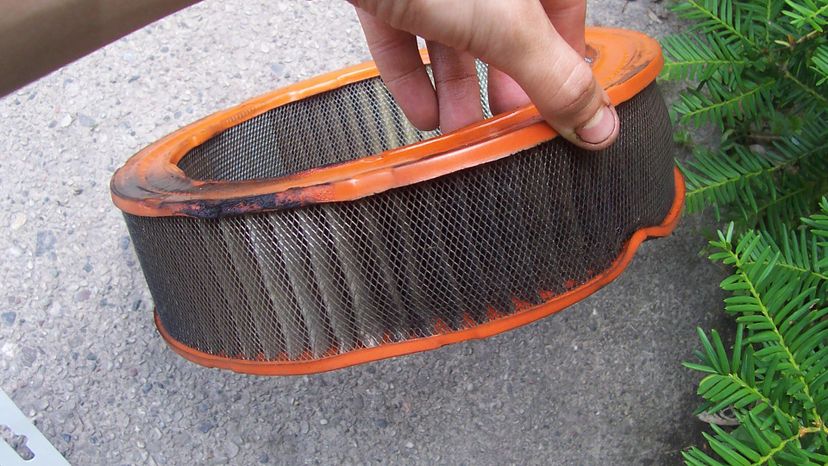
An air filter ensures the air entering the engine, which is used during the combustion process, is kept clean and free of any particles that may damage the engine.

As fuel burns, it pushes the pistons within the engine, which in turn rotate the crankshaft, which then moves the vehicle, either forward or backward determined by the gear selected.
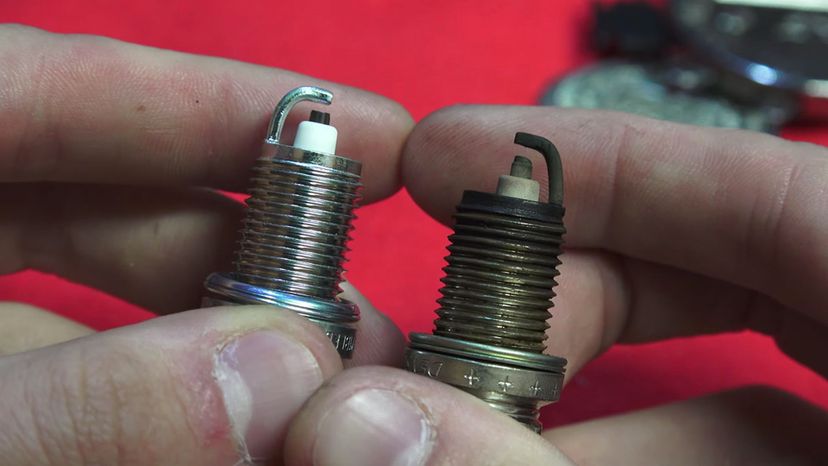
Spark plugs are a key factor in a vehicle starting. They provide the spark that ignites the air-fuel mixture which starts the motor and keeps it running.
Advertisement
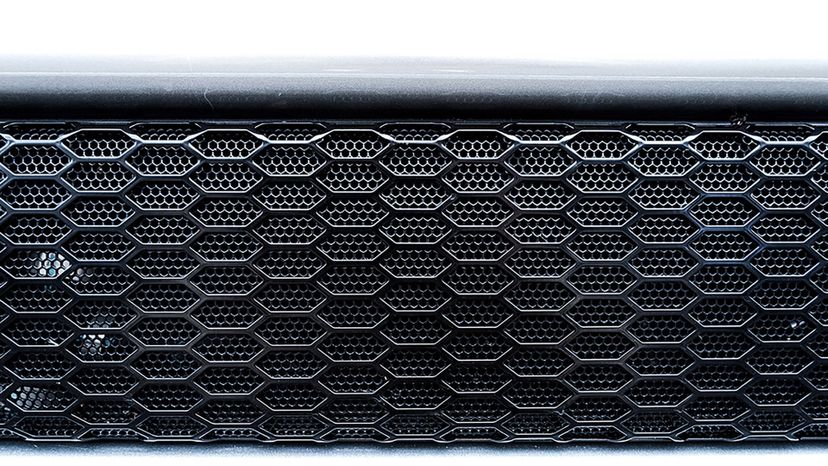
Appearing on the front of the car — specifically in front of the engine — the grille is often used by manufacturers as an iconic way to identify their cars. Think of BMW and the famous grille that appears on all their models.
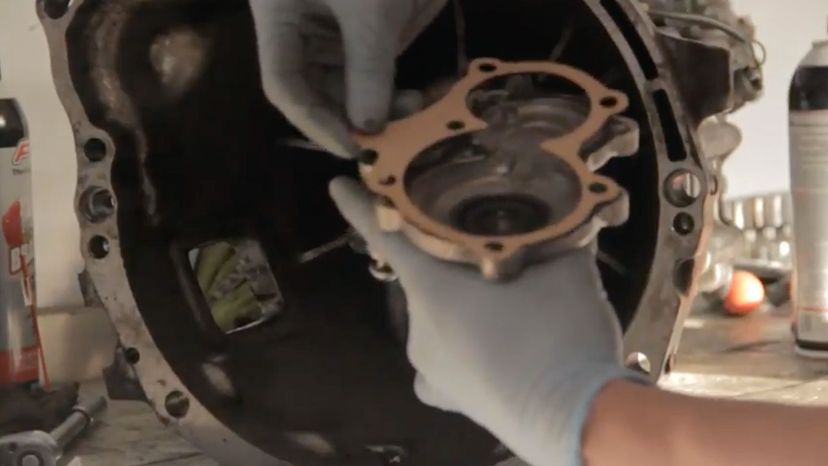
There are various seals and gaskets found within your car's transmission system. This ensures that the vital hydraulic fluid does not leak out.
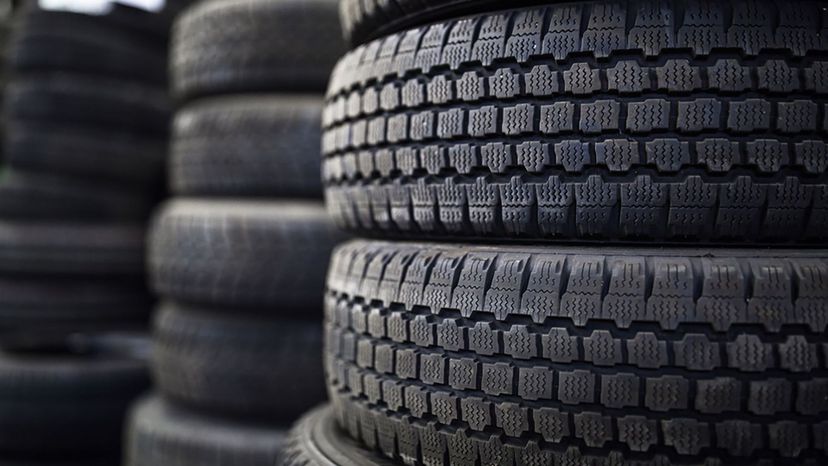
A car has only four points of contact with the road — its tires. They provide essential grip in all conditions. Specialist vehicles, like off-roaders, can have very specific tires.
Advertisement
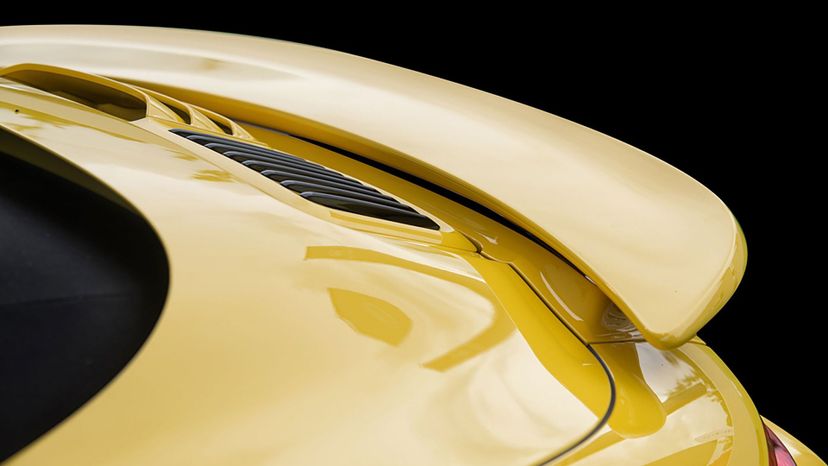
Many sports cars have spoilers on the back of the vehicle. These provide more aerodynamic downforce for the vehicle.
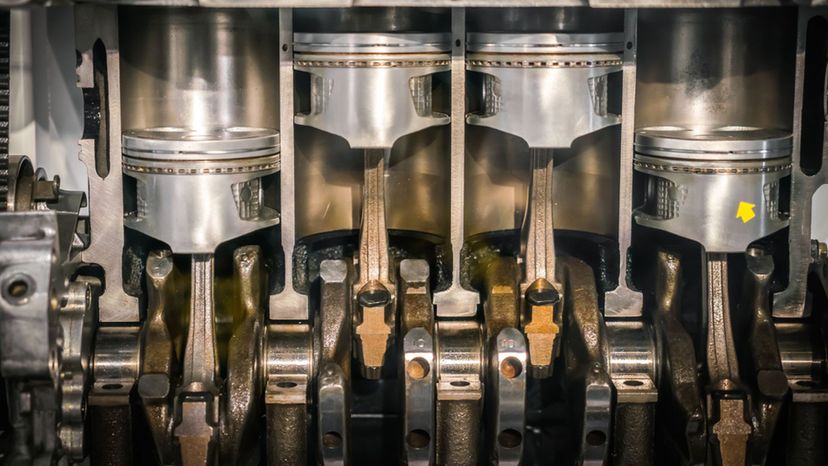
Combustion in the engine's cylinders causes the pistons to move. This, in turn, moves the crankshaft and drives the car forward or backward, depending on the gear selected.
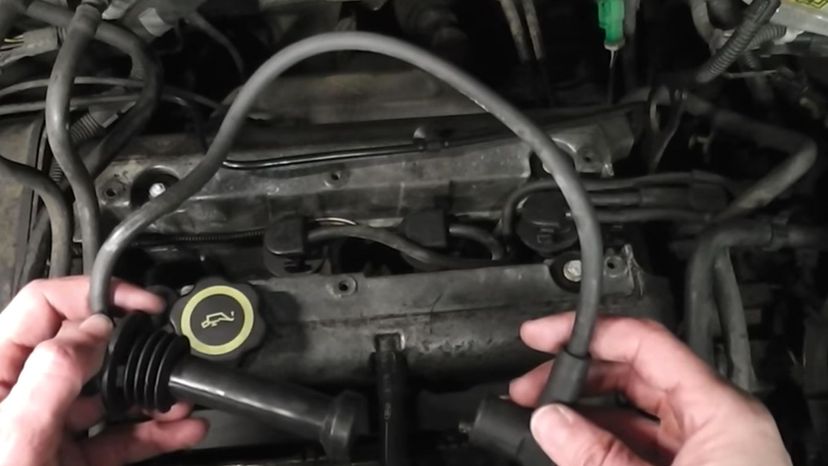
High tension leads connect the sparks plugs to the distributor. The word "tension," in this case, is another word for "voltage."
Advertisement
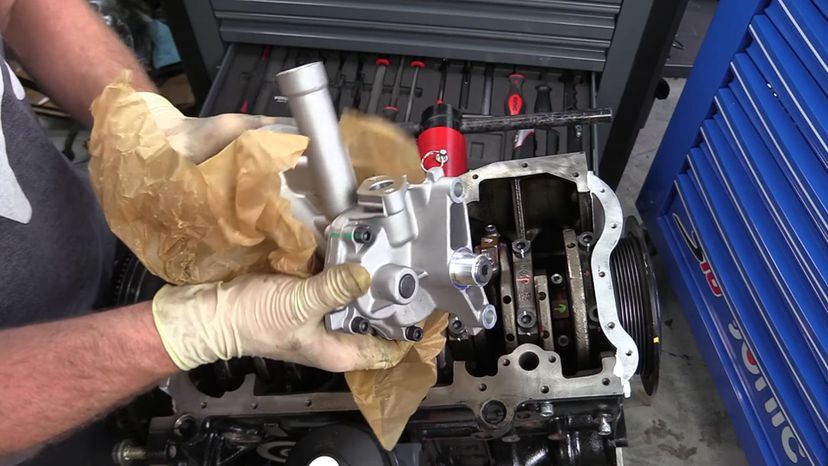
The basic function of the oil pump is to circulate oil, which lubricates moving parts within the engine such as the camshaft, bearings and pistons.
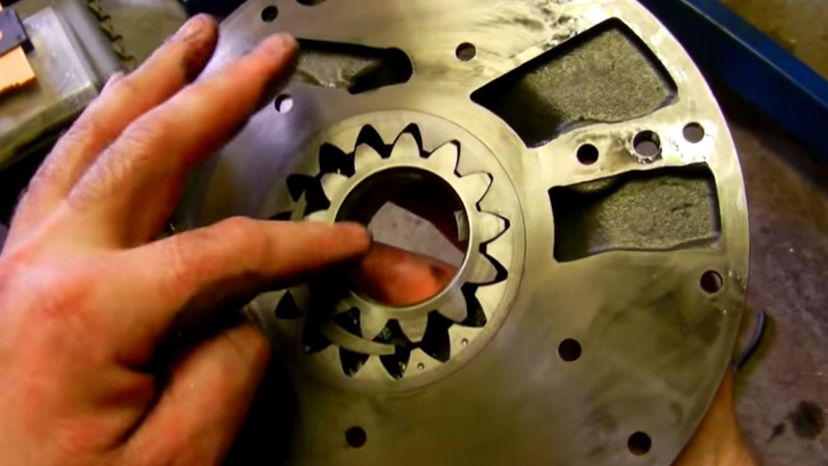
Often considered to be the heart of the transmission system, this pump moves hydraulic fluid through the gearing system to ensure it operates efficiently.

This system helps to start the engine by generating a spark (generally) that causes the air-fuel mixture within the combustion chamber to ignite.
Advertisement
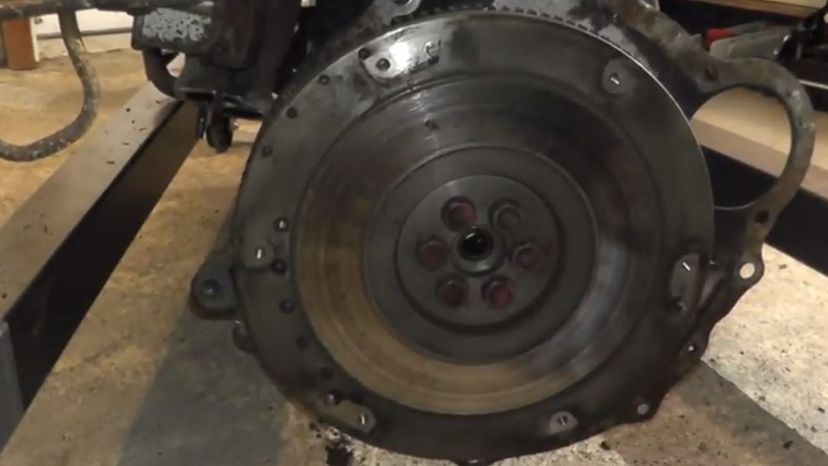
Found in manual transmissions, a flywheel does two things. Firstly, it provides a toothed gear for the starter motor to engage on, rotating the engine on startup. Secondly, it is used to push torque from the car's engine to its transmission by use of the clutch.
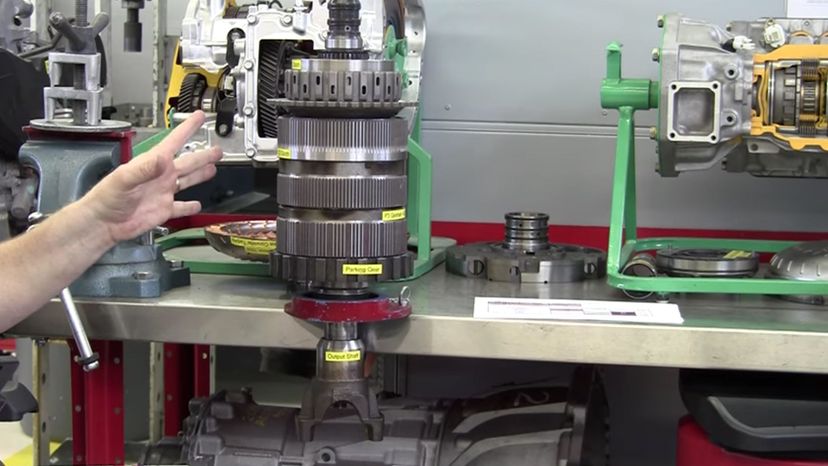
A crucial part of the transmission, this helps to make all the various ratios that the gears in the transmission can produce. It consists of the sun, planetary and ring gears.
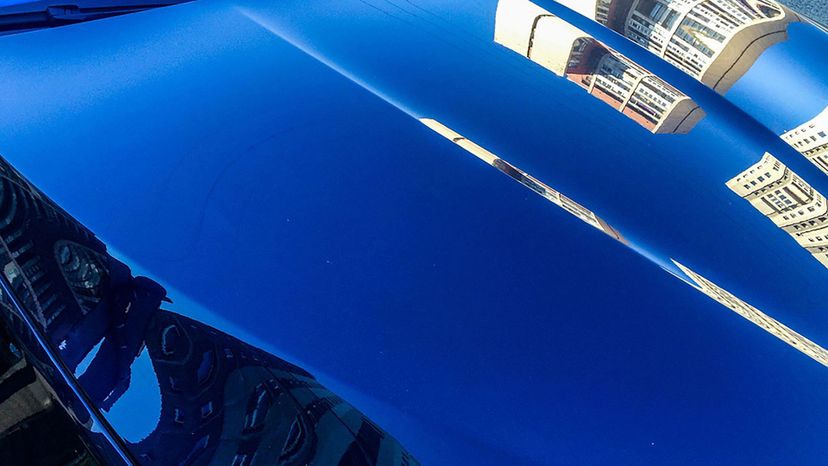
The hood is the protective cover for the engine.
Advertisement
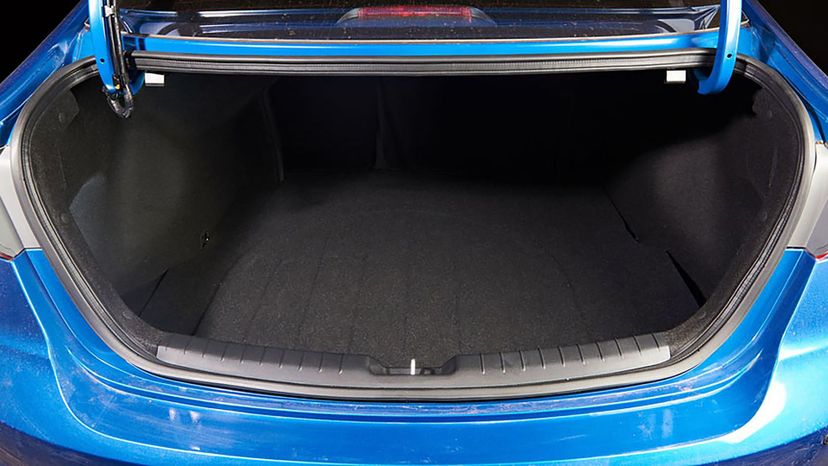
The trunk is a protected storage area on your vehicle.
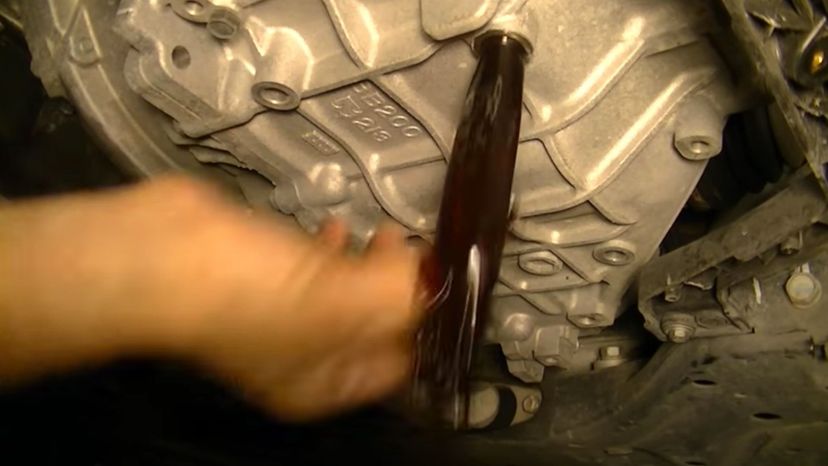
The hydraulic fluid in the transmission system ensures that all moving parts, of which there are many, remain lubricated.
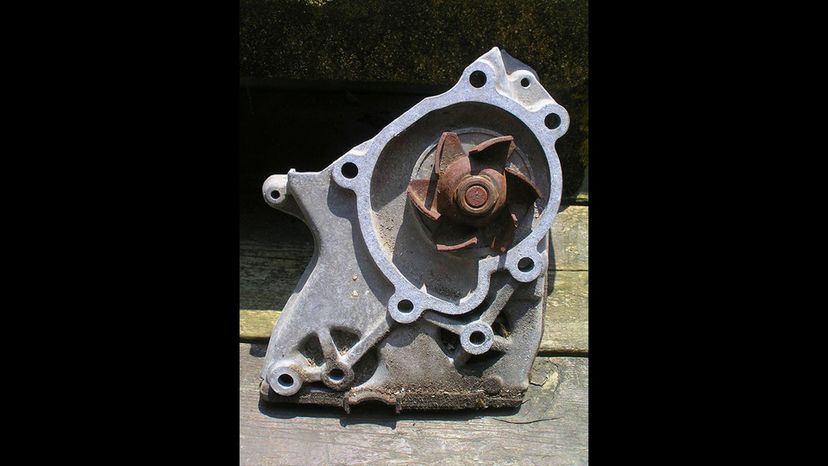
This pump ensures that coolant that is kept in the radiator is moved through the coolant system on the car, keeping the engine nice and cool, relatively speaking.
Advertisement
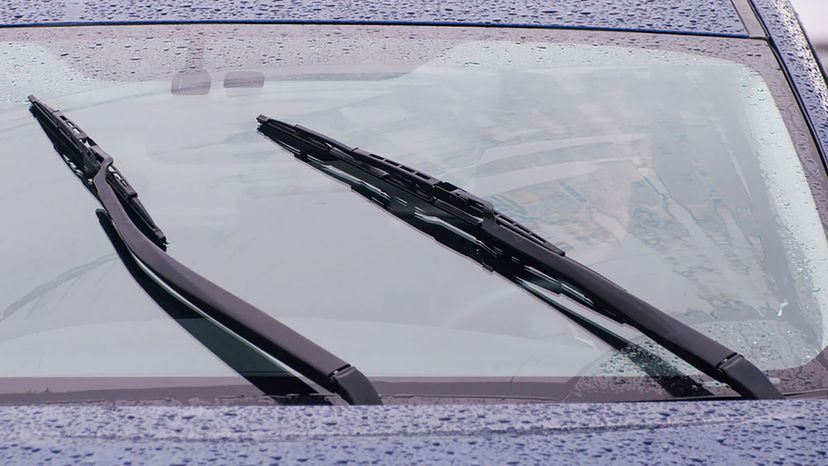
Raining? The windshield wiper clears the windscreen to keep the driver's view clear. The first operational windscreen wiper was patented by Mary Anderson in 1903.
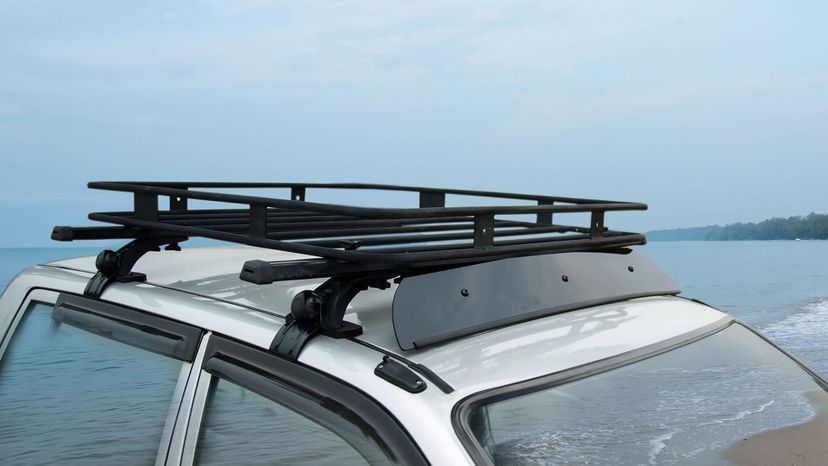
Roof racks attach to the top of the vehicle and can carry luggage, surfboards, equipment — well, almost anything that fits.
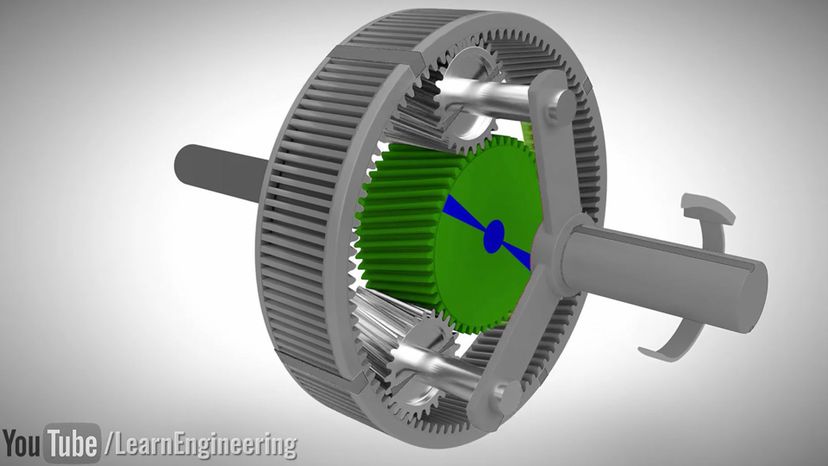
The sun gear is the central gear in the transmission's planetary gear system.
Advertisement
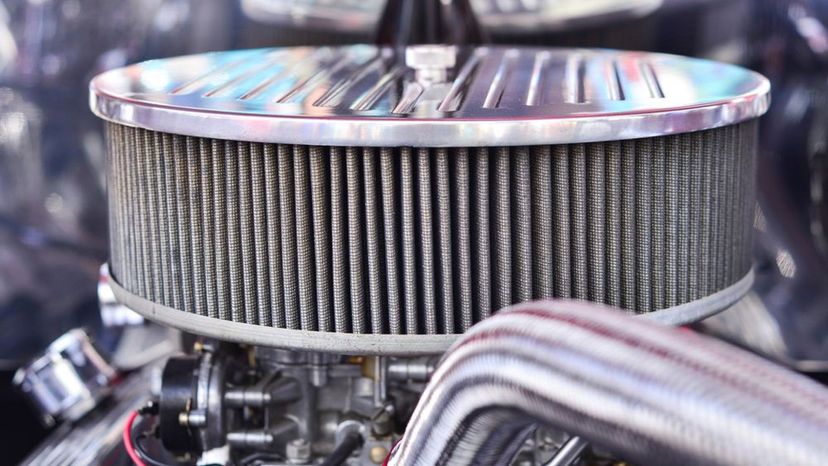
The carburetor regulates the amount of air that enters the engine while it is running. If not calibrated correctly, the mix can be too lean or too rich.
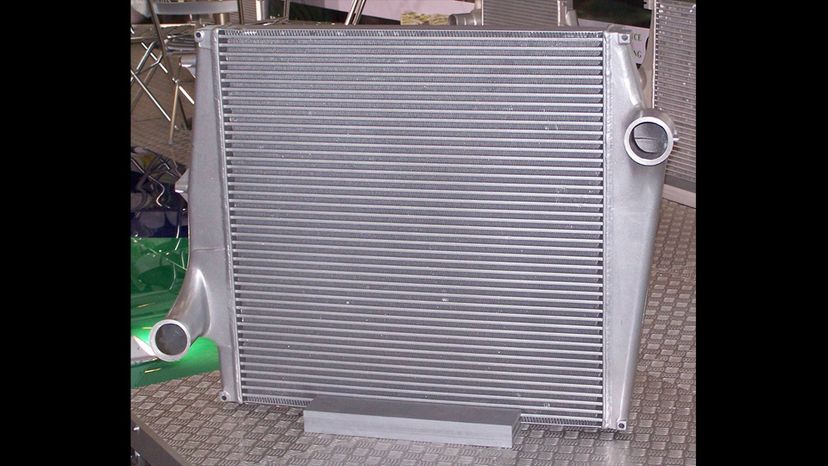
This reservoir holds coolant, which is used to keep the engine cool during operation. It also helps to regulate the coolant to the right temperature before passing it back into the system.
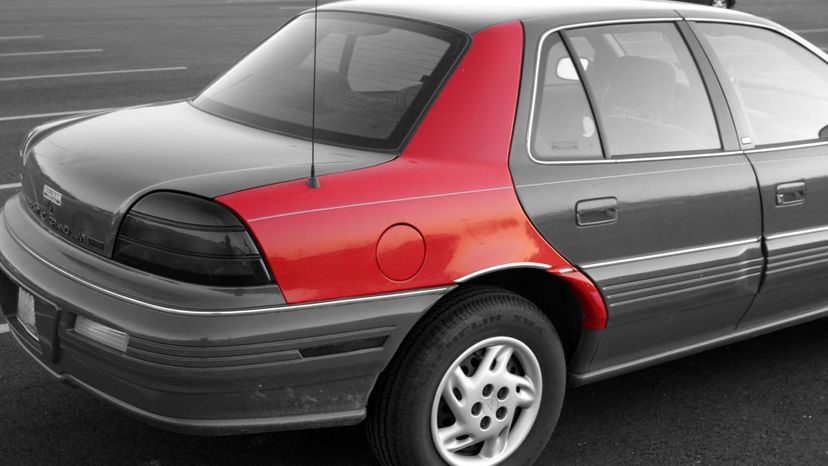
Quarter panels are found between the rear doors and trunk. The similar part on the front of the vehicle is the fender.
Advertisement
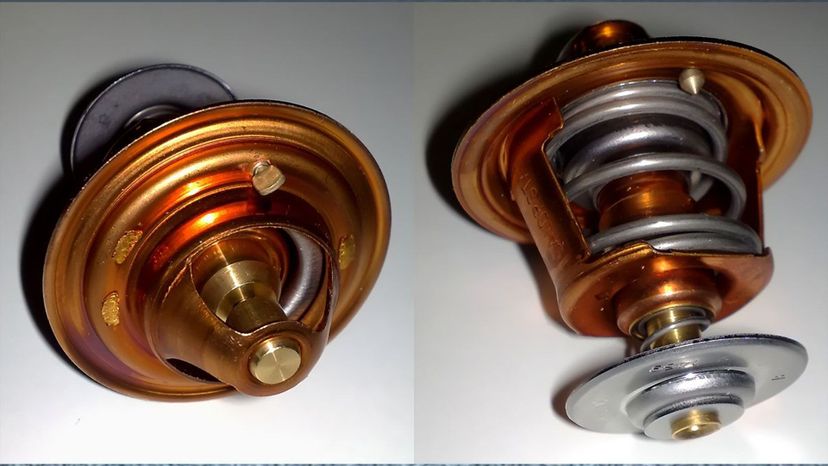
A thermostat ensures that coolant is only pumped from the radiator once the engine has warmed up sufficiently.
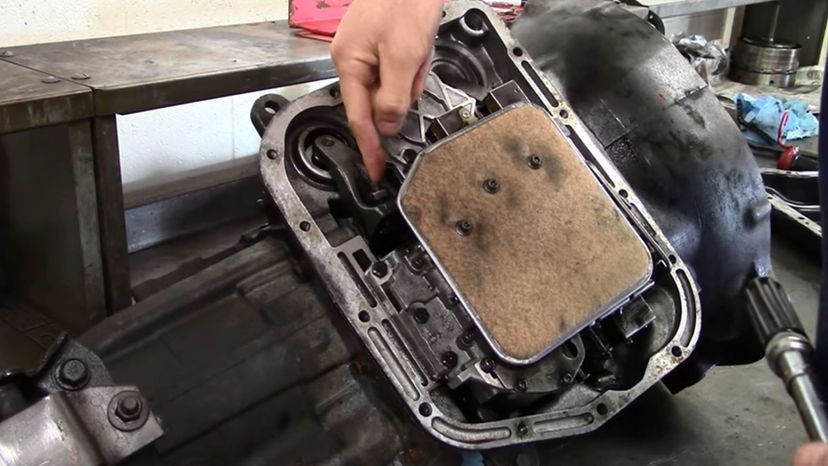
Made from steel, these straps are found on drums within the transmission. These drums will rotate when the band is not pressed against it to grip it. Stopping their rotating means components within the transmission interact in different ways, depending on what the driver is doing regarding gear selection.
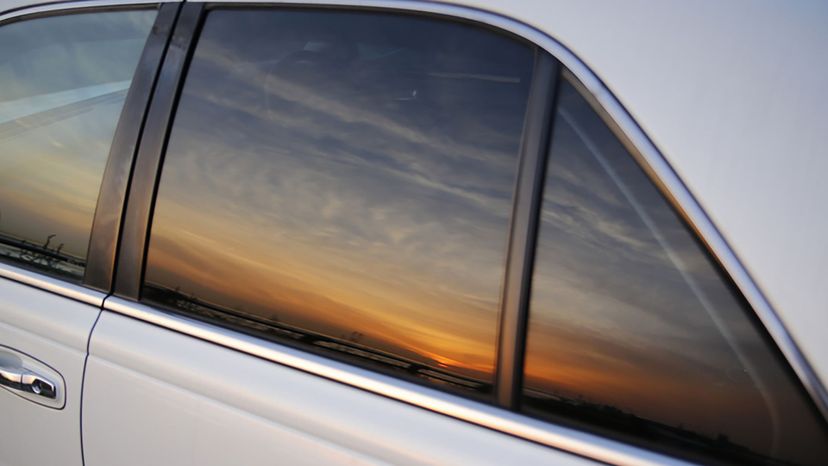
Side windows are found in the doors of the vehicle. They can be lowered and raised again when necessary.
Advertisement
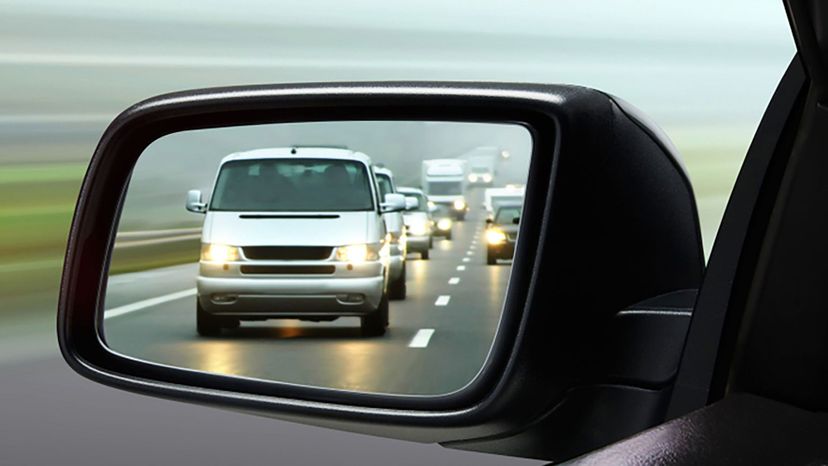
All modern cars are equipped with two side mirrors, one on the left and one on the right of the car. This helps the driver observe behind them to the left and the right, which is crucial when changing lanes.
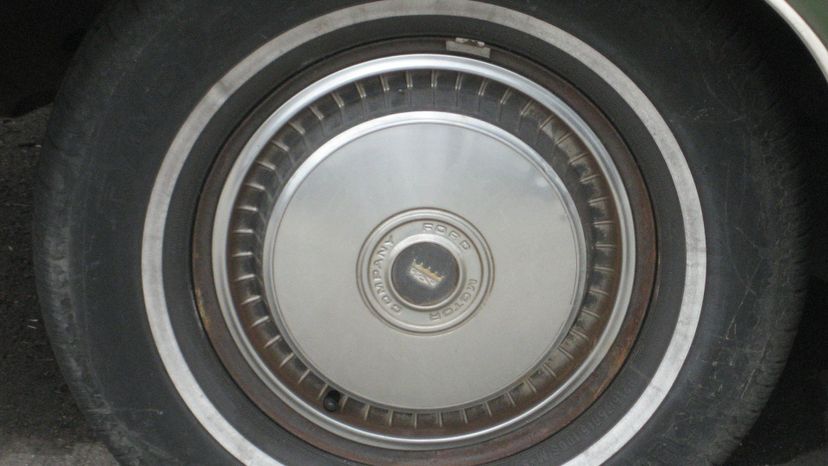
This is a covering for the wheel nuts that hold the wheel to car axle.
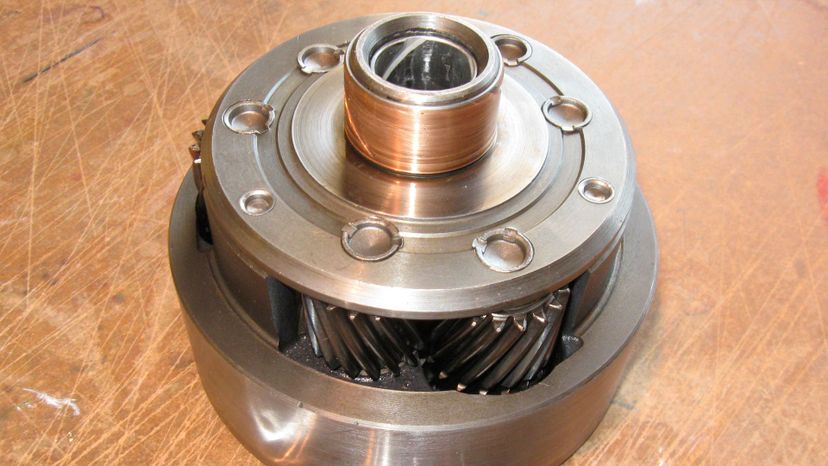
The planetary gear system within a transmission system is attached to the planet carrier, which is then connected to the output shaft.
Advertisement

This belt, made from rubber, connects a number of components of the engine, including the cooling fan, alternator and the crankshaft pulley.
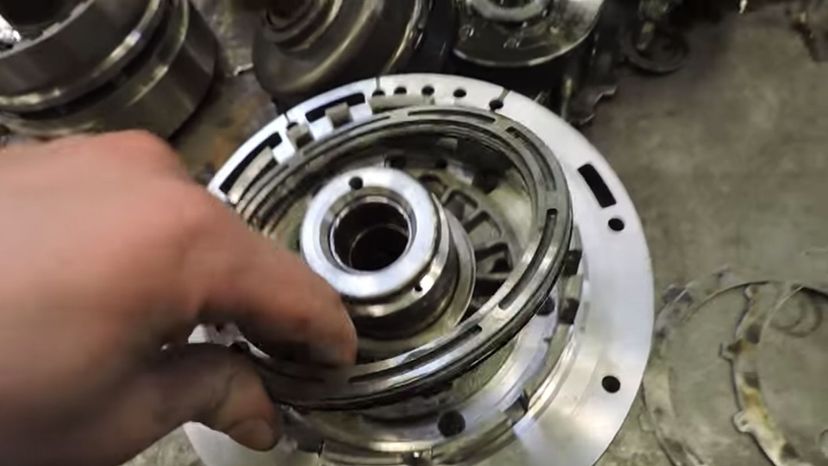
Clutch pistons help to engage the clutch and activate the gearshift in a manual transmission vehicle.
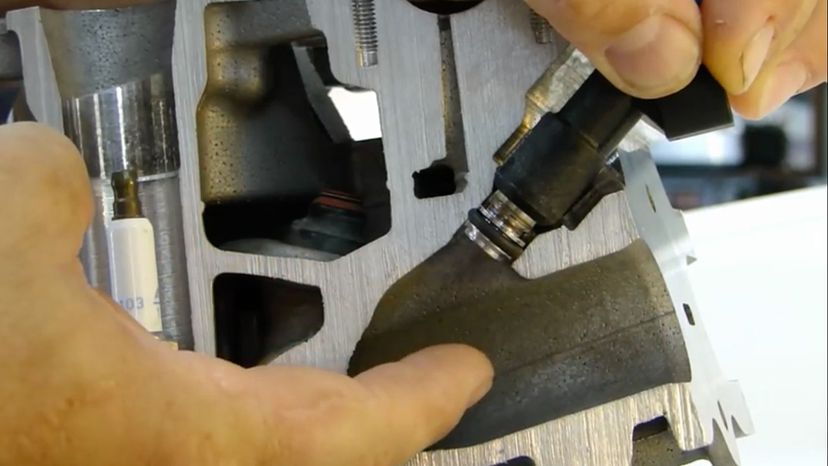
Found above the cylinder, the cylinder head is the area the piston compresses into as it moves. It also houses intake and exhaust valves, springs and lifters and the combustion chamber.
Advertisement
